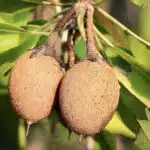


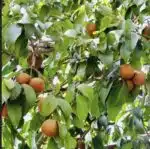






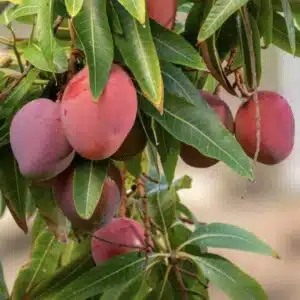
Grafted Sapodilla / zapote (manilkara zapota) tropical live fruit tree 12”-24”
$100.00 Original price was: $100.00.$65.00Current price is: $65.00.
Sapodilla, also known as Manilkara zapota, is a tropical fruit tree native to Central America and the Caribbean. It is valued for its sweet, juicy fruit that is often compared to caramel or brown sugar. In this description, we will discuss how to plant and care for sapodilla trees, and some of the benefits they can provide.
An interesting fact about sapodilla fruit is that it contains a natural latex that is used to make chewing gum. In fact, sapodilla was one of the original sources of chewing gum, and was prized by ancient Mayan and Aztec cultures for its sweet, chewy properties. The sapodilla latex is harvested by making cuts in the bark of the tree and allowing the sap to flow out and harden. The hardened sap is then collected and processed into a chewy, rubbery material that is used to make gum. Today, most commercial chewing gum is made with synthetic latex, but some specialty gum makers still use natural sapodilla latex to create a unique and flavorful chewing experience.
Grafted trees offer a number of benefits over trees grown from seed. Grafting is a horticultural technique that involves attaching a branch or bud from one tree onto the rootstock of another tree. This allows the grafted tree to combine the desirable traits of two different trees, such as disease resistance, fruit quality, and growth habit. Grafted trees are also able to produce fruit earlier and more reliably than trees grown from seed, and are often more resilient to environmental stressors such as drought or poor soil conditions. Overall, grafted trees can offer significant advantages in terms of fruit quality, yield, and disease resistance, making them a valuable choice for both commercial and home growers.
Planting Instructions: Sapodilla trees are typically propagated from seeds, which can be obtained from a mature tree. The best time to plant is during the rainy season, when the soil is moist and there is plenty of sunlight. To plant, select a sunny location with well-draining soil that is rich in organic matter. Dig a hole that is twice the size of the root ball and place the sapling in the hole, making sure the top of the root ball is level with the soil surface. Cover the root ball with soil and water well. If planting multiple saplings, space them about 20 feet apart to allow for adequate growth.
Care Instructions: Sapodilla trees require regular care and attention to produce a healthy crop of fruit. The tree needs plenty of sunlight, water, and nutrients to grow, so be sure to provide these elements as needed. Here are some tips on how to care for sapodilla trees:
Watering: The tree requires frequent watering, especially during the growing season. Water deeply once or twice a week, making sure to soak the soil to a depth of at least 6 inches. Be careful not to over-water, as this can lead to root rot.
Fertilization: Sapodilla trees are heavy feeders and require plenty of nutrients to grow. Fertilize the tree regularly with a balanced fertilizer, such as a 10-10-10 formula. Apply the fertilizer every 3-4 months during the growing season, making sure to follow the instructions on the package.
Mulching: Mulching can help to retain moisture and nutrients in the soil, as well as control weed growth. Apply a layer of organic mulch around the base of the tree, being careful not to cover the trunk or root flare.
Pruning: Pruning is not usually necessary for sapodilla trees, but you may need to trim back any excess growth that is encroaching on other plants or structures. Trim back any dead or damaged branches to keep the tree healthy and looking its best.
Harvesting: Sapodilla fruit is typically ready for harvest 5-7 years after planting. To harvest, wait until the fruit is fully ripe and has a slightly soft texture. Twist the fruit gently from the tree or cut it off with a pair of pruning shears. Allow the fruit to ripen fully at room temperature, then store in the refrigerator until ready to eat.
Benefits: Sapodilla fruit is a valuable source of nutrition and can provide a variety of health benefits. The fruit is high in fiber, antioxidants, and vitamins A and C. It is also a good source of minerals such as calcium, iron, and potassium. The sweet, caramel-like flavor of the fruit makes it a popular ingredient in desserts, smoothies, and other culinary creations. In addition, the tree itself is a valuable addition to any landscape, with its glossy leaves and attractive, round fruit.
In conclusion, sapodilla trees are a valuable and rewarding addition to any tropical garden or landscape. With proper planting and care, you can enjoy a healthy crop of sweet and delicious fruit that is both nutritious and satisfying.

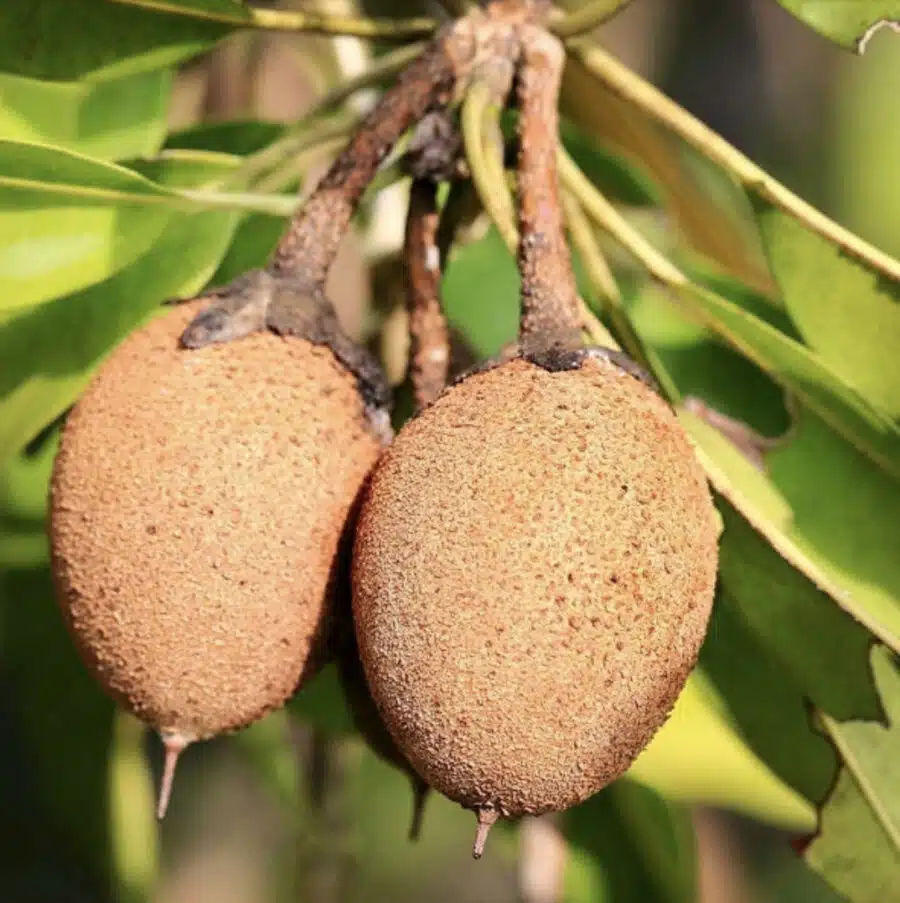
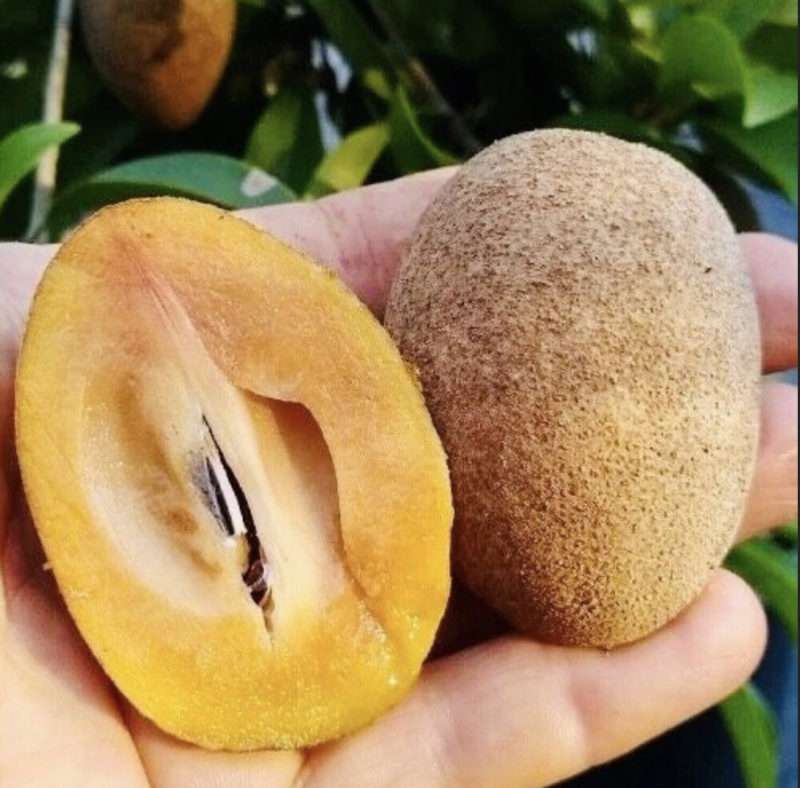
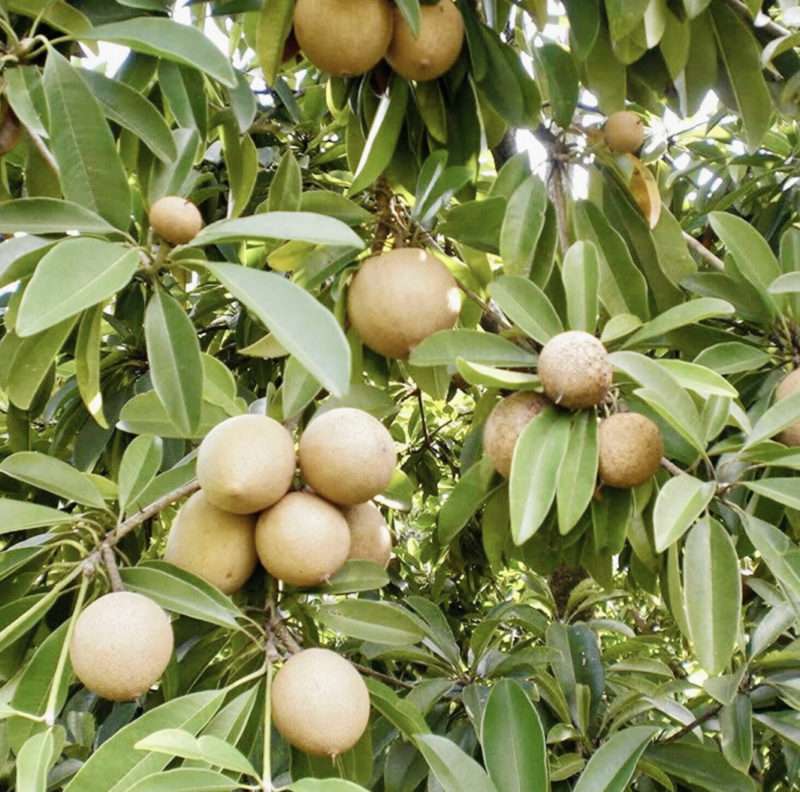
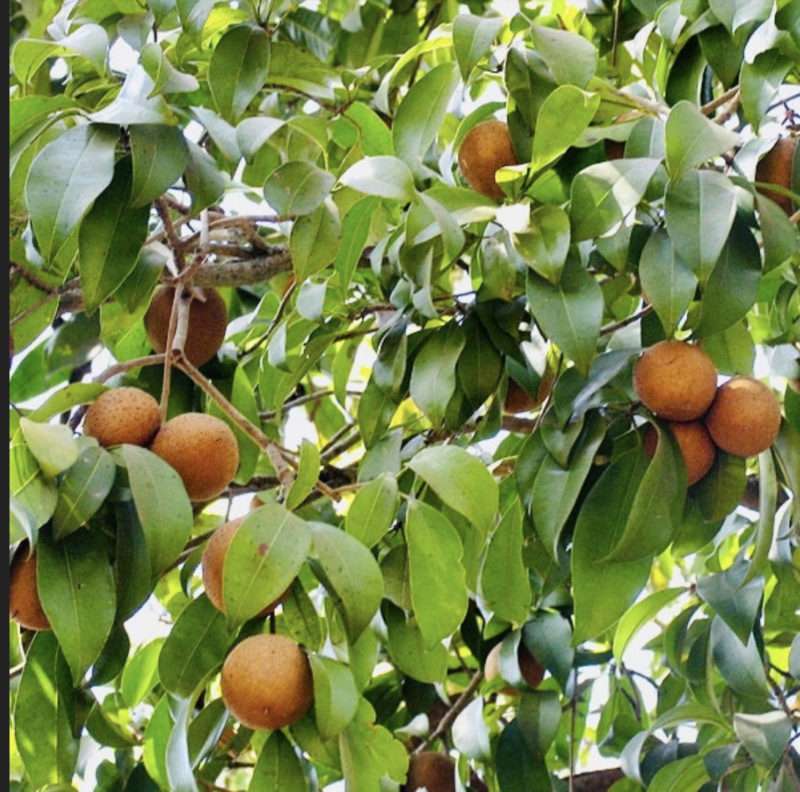
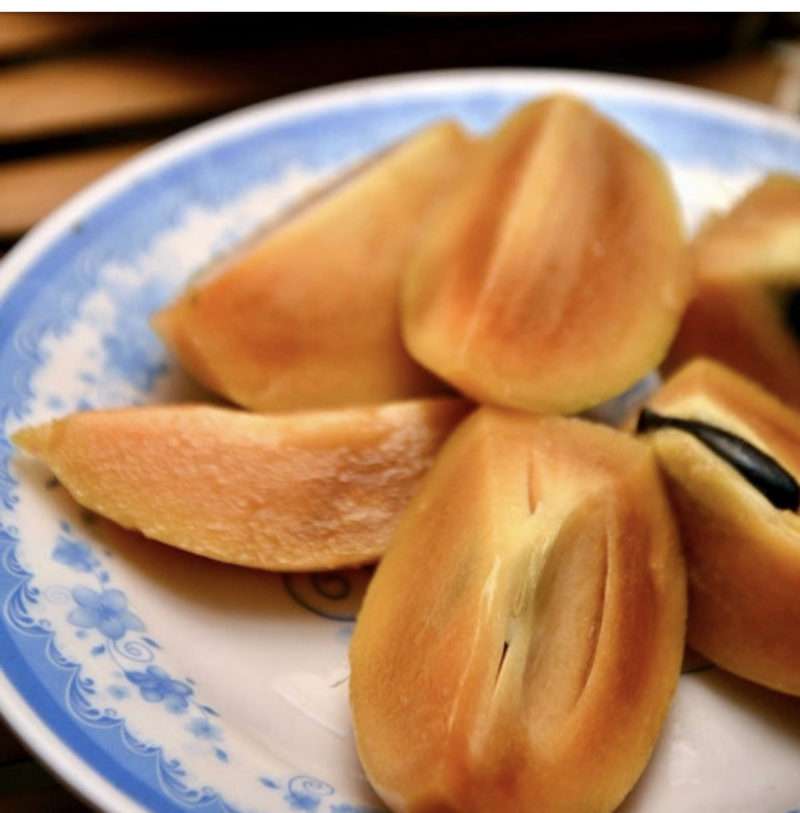
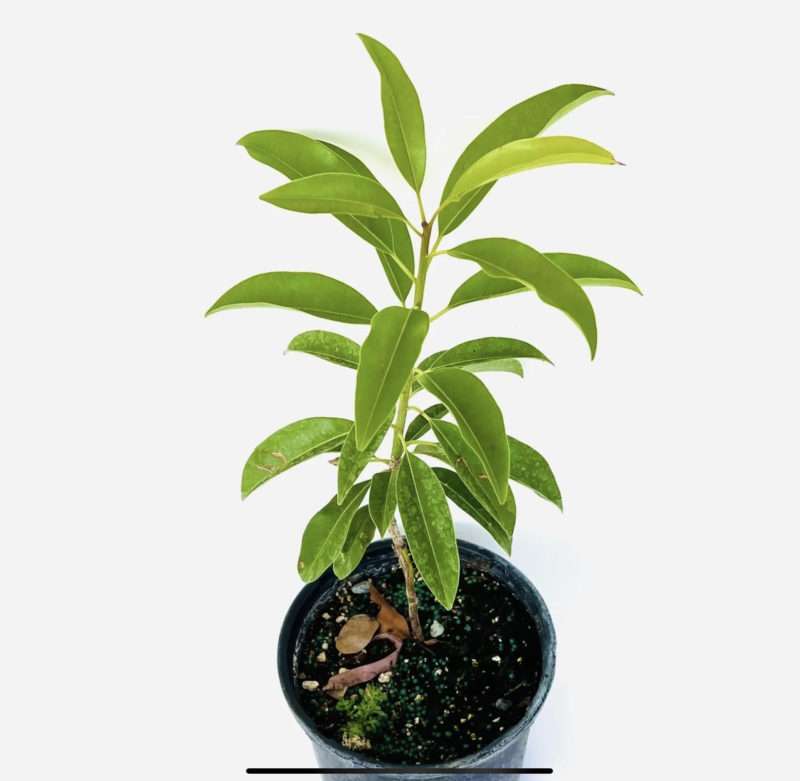
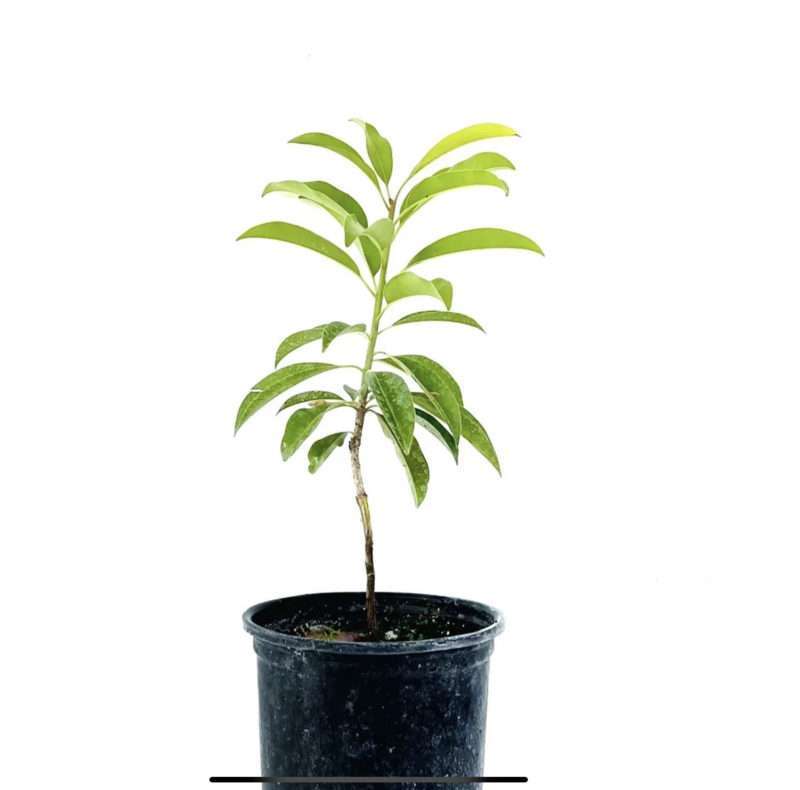
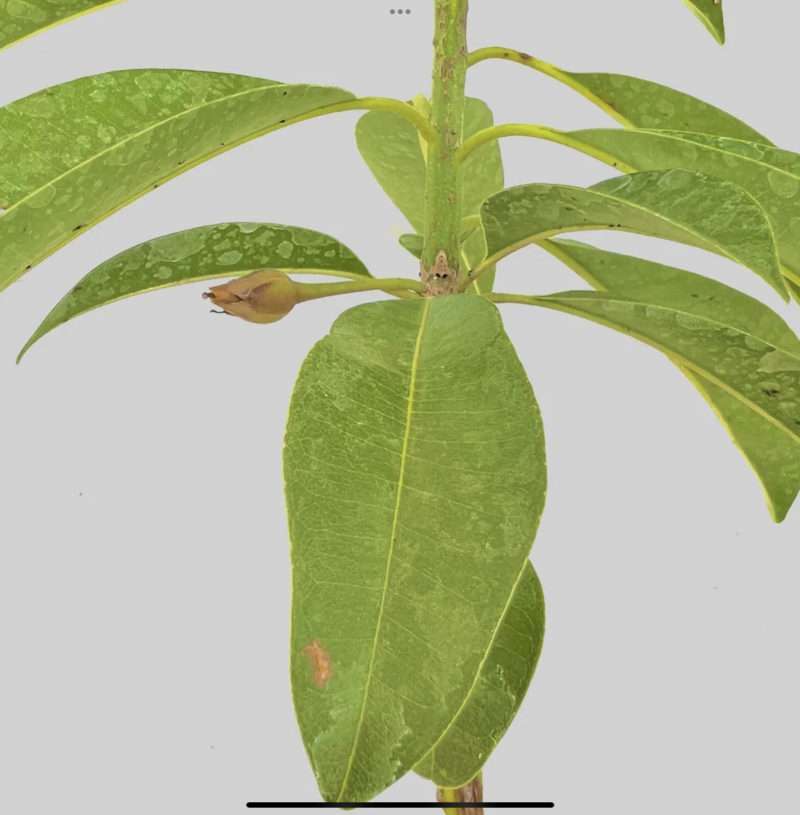
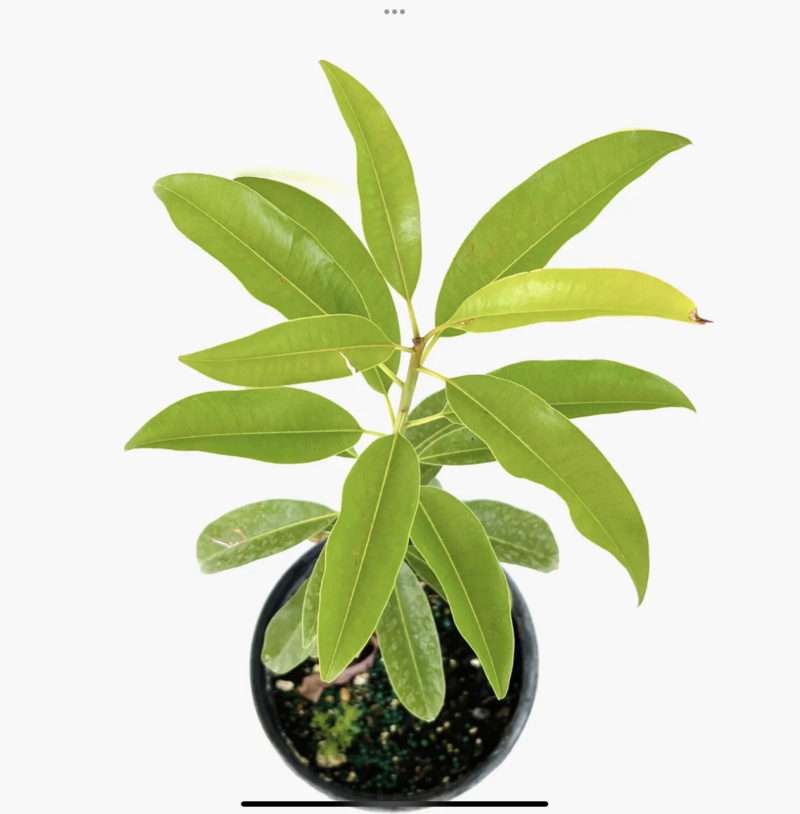




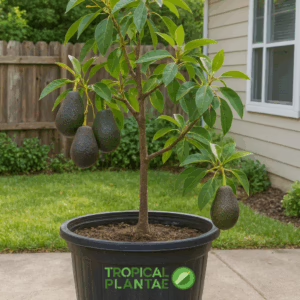
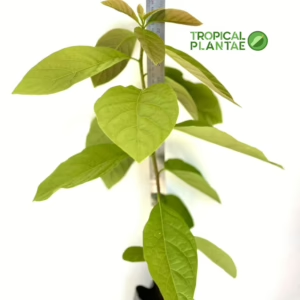

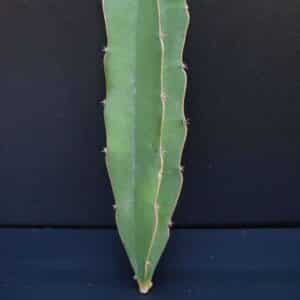
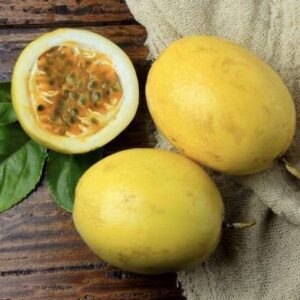




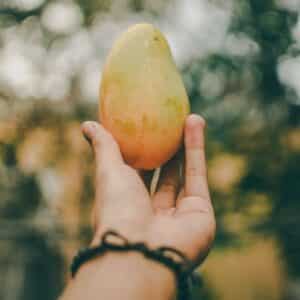
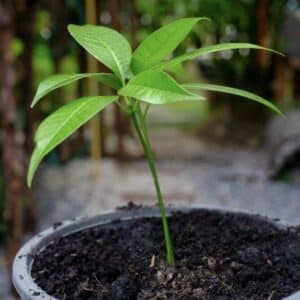
Reviews
There are no reviews yet.